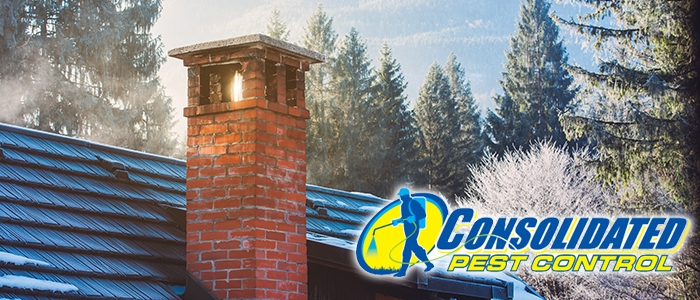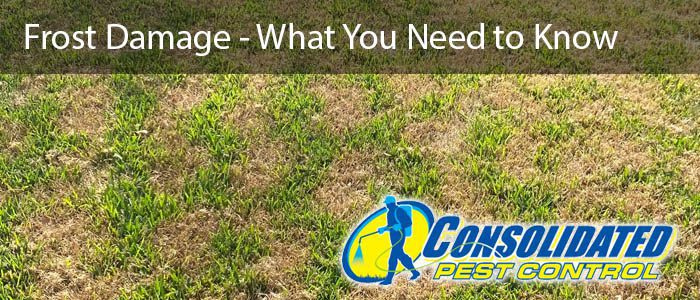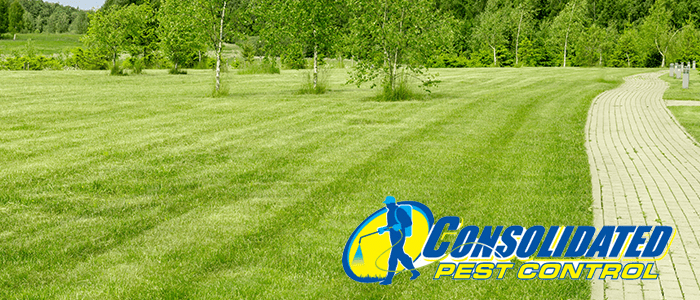
After fall’s more mild conditions give way to the winter months, we’re not the only ones seeking to bundle up. During this period of November rains and December frost, most pests push within our homes to nest. Homeowners need to be observant to catch these problem pests and remove them before they truly dig in. This list will inform you of what to see, what to expect, and how to treat areas with much-needed reinforcement for winter pest prevention.
Introductions
The most common winter pests include things such as termites, mice, rats, cockroaches, brown recluses, holiday season bedbugs, and raccoons. Some are brought in by the cold, while others travel with you from home to home in your luggage. Read on to learn some winter pest prevention tips.
Keep these things in mind as the cause for many of these below.
Checking Your Exterior
If you have a suspicion of pests, begin looking at the peripherals of your home. Look at the brickwork for cracks, holes, anything – even a breach as small as a dime can allow invasions to perverse your residence with mice, rats, insects, and more. It’s recommended to seal any gaps or cracks with liberal usage of silicone caulk and for reinforcement, steel wool. The combination makes intrusions exceptionally more difficult for rodents.
Another place to check is your attics and crawlspaces as, on occasion, they might have become a den for pests. There are several cases where raccoons or bats have been found within these small, dark spaces.
Careful with Firewood
If you use a wood-heating stove in your home, be very careful to check for things like wood-boring beetles, ants, or anything else using your piles as a home for the winter. If they take residence within hunks of wood, you can be assured they’ll also do the same to the framework of your home.
It is recommended that you keep any piles of firewood at the very least, around twenty feet away from your home. Elsewise pests will likely travel from the piles directly into your home itself.
Chimneys and Doors
Another, often unconsidered invasion place, is in fact these two aspects. A chimney without a screen makes many attempts at pest-proofing your home utterly useless. Anything from bats, rodents, racoons, and more can use the chimney as an entryway directly into your home. Be sure to buy some screens from retailers and follow the proper guidelines for their installation.
Likewise, we also recommended purchasing door guards to seal the small gaps between your floor and your door. It’s a great way to prevent pests from using the same entryway you travel through as an easy route into your home themselves. As a bonus, they also make heat loss less of an issue when warming your home in the winter.
Searching for Crumbs
One of the most common causes for insect infestations, from cockroaches to flies, is the lingering traces of food left behind from meals to attract them. Be sure to keep a clean, tidy kitchen area and this will cut down immensely on almost all pests. Not only that, but also ensure that food is properly sealed to clear away the risk of contamination from unseen pests.
Cleanliness is Godliness
With food sources removed, the next is to search out the natural places that these unwanted dwellers can hide. If you suspect you have an infestation, first search for droppings left behind by rats and mice. Or, if termites are a concern, search for wood chips and dusts within your cabinetry – Termites are immune to the effects of cold temperatures and will continue tearing apart the framing of your home regardless of the cold.
Be sure to also keep clutter to a minimum. Sporadic placement of boxes and other items provides natural hiding places for pests like cockroaches, spiders, and more to use.








